Wearing a wristwatch is a timeless accessory choice that transcends mere utility; it is a fashion statement, an expression of personal style, and a symbol of punctuality. The allure of a wristwatch lies not only in its practicality, allowing you to keep track of time effortlessly, but also in its ability to enhance your overall look. It’s an accessory that seamlessly blends form and function. Yet, despite its enduring appeal, there is one perennial question that has intrigued watch aficionados and novices alike: which wrist should you wear your watch on?
The answer to this age-old query is far from absolute; there’s no hard-and-fast rule dictating the “correct” wrist for donning your timepiece. Instead, the choice is a matter of personal preference influenced by several factors that can guide your decision. In this blog, we’ll explore the considerations that can help you determine whether your watch should grace your left or right wrist.
Wristwatches, over the centuries, have evolved from purely functional instruments to cherished fashion accessories. They’ve become an integral part of personal style, and how you choose to wear your watch can speak volumes about your personality and tastes. While the decision may seem trivial at first glance, it’s a subtle yet significant way to convey your individuality.
With the advent of smartphones, one might argue that the primary function of a wristwatch, telling time, has been somewhat overshadowed. Nevertheless, the allure of a beautifully crafted timepiece remains undiminished. A well-chosen watch can elevate your attire, complement your outfit, and add a touch of sophistication to your overall appearance.
So, which wrist should you choose? As we delve into the factors that influence this choice, remember that the decision should be uniquely yours, reflecting your lifestyle, preferences, and style sensibilities. Whether you opt for the left or right wrist, or even occasionally switch between the two, the beauty of wearing a wristwatch lies in the freedom to make it your own.
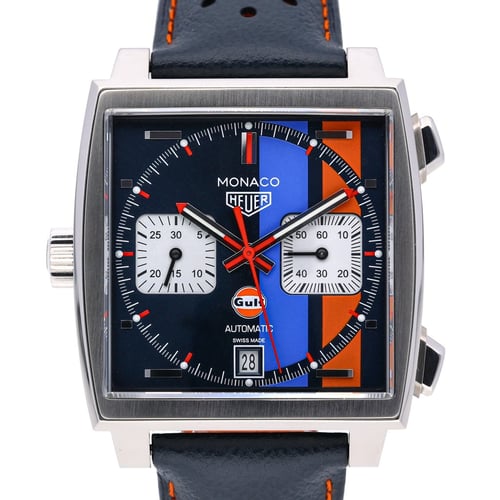
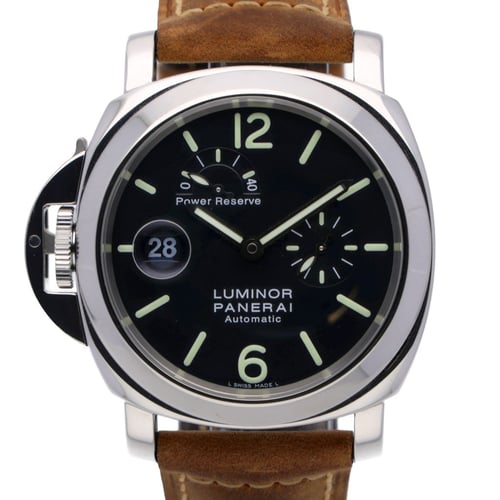
The choice of wrist for your watch often hinges on a simple yet crucial factor – the dominance of one hand over the other. If you happen to be right-handed, the conventional preference leans towards your left wrist, while left-handed individuals typically favour their right wrist. The rationale behind this decision is rooted in the fact that your dominant hand is usually more active, engaged in tasks that could pose risks to your watch’s condition and overall comfort.
Consider the scenario of a right-handed person opting to wear their watch on the right wrist. In this case, the watch becomes a constant companion to a hand that is in perpetual motion. This continuous activity, combined with the potential for inadvertent contact with various objects, elevates the likelihood of wear and tear on the watch. Additionally, the watch on the dominant wrist might interfere with activities like writing or performing other manual tasks, causing discomfort and inconvenience.
Choosing to adorn the non-dominant wrist with your watch, whether you’re right or left-handed, serves as a pragmatic solution. This approach minimizes the risk of damage from constant movement and reduces the chances of awkward collisions. Moreover, it ensures that your watch remains comfortably situated, ready to fulfil its essential role of keeping precise time without becoming a hindrance during your daily activities.
Ultimately, the decision of which wrist to choose for your watch goes beyond mere aesthetics; it’s a reflection of your awareness of the practical considerations stemming from the unique characteristics of your dominant hand.
The relationship between your watch and wrist extends beyond the pragmatic considerations of hand dominance; it’s also a matter of harmonizing form and function. The design and style of your watch can wield a significant influence over which wrist it graces.
For watches boasting substantial dials or heavy cases adorned with intricate details, the non-dominant wrist often emerges as the more suitable canvas. These timepieces tend to exude a sense of gravitas and visual allure that finds equilibrium on the non-dominant side. Placing them here ensures comfort and balance, preventing any undue strain on the dominant hand.
In contrast, smaller, delicately designed watches find their natural home on the dominant wrist. Such watches complement the hand’s proportions, enhancing their aesthetic appeal while also providing a snug, secure fit that minimizes the risk of accidental damage.
Furthermore, the practicality of crown placement shouldn’t be underestimated. If a watch features the crown on a specific side, it’s wise to consider which hand you find most adept at manipulating it. This small yet crucial detail can significantly impact your daily interaction with the timepiece, making it a pivotal factor in your wrist-wearing decision.
In the world of watch aficionados, it’s not just about which wrist feels more comfortable; it’s about finding the perfect union of style, comfort, and practicality to ensure that your watch becomes an elegant extension of your personality and lifestyle.
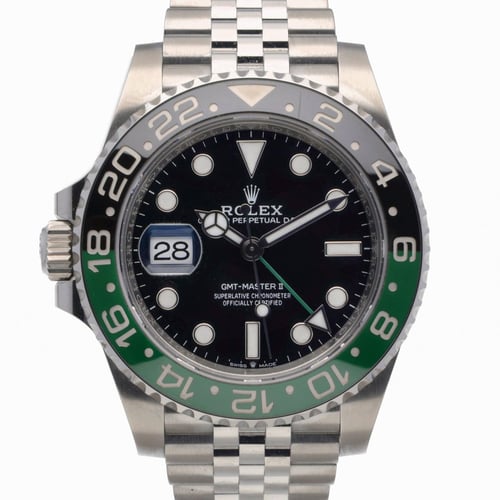
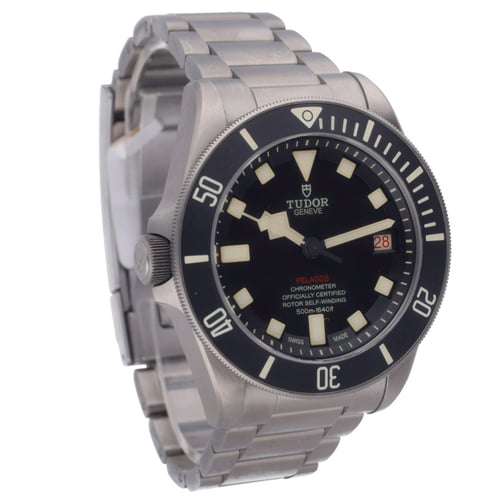
Wearing a watch isn’t just about telling time; it’s also a fashion statement. The choice of where to wear your watch on your wrist can be a deeply personal decision influenced by your sense of style. While the primary function of a watch is to keep track of time, it’s remarkable how this simple accessory has evolved into a powerful means of self-expression.
For many, a watch is more than just a timekeeping device; it’s an extension of their personality, a reflection of their tastes, and an integral part of their daily ensemble. In the world of fashion, every detail matters, and the placement of your watch is no exception. Some individuals, in their pursuit of sartorial perfection, meticulously select the wrist on which they’ll adorn their cherished timepiece, and they do so with good reason.
One of the key factors influencing this decision is aesthetics. Fashion-savvy individuals understand that even the smallest details can make or break an outfit, and the wristwatch is no exception. Consider, for instance, the art of stacking bracelets and wrist accessories. Many fashion enthusiasts revel in the opportunity to layer their wrists with an assortment of bangles, cuffs, and bracelets. These accessories come in a myriad of materials, colours, and styles, and they can add depth and dimension to your outfit. The watch, in this context, serves as the anchor – a refined and functional centerpiece that ties your wrist adornments together.
Conversely, some individuals prefer a more minimalist approach. They might opt for a single, statement watch that commands attention. In this case, wearing the watch on the wrist that aligns with your dominant hand can highlight its prominence. This choice allows the watch to take center stage, drawing the eye and serving as a focal point for your ensemble.
Ultimately, your choice of wristwear should always align with your overall style. Are you drawn to classic, timeless pieces, or do you prefer bold and avant-garde designs? Is your wardrobe predominantly casual, or do you embrace a more formal aesthetic? Therefore, the answers to these questions can influence your decision on which wrist to wear your watch
The act of choosing where to place your wristwatch extends far beyond the realm of practicality; it is a deeply personal and introspective decision that communicates volumes about your character and fashion sensibilities. Your watch, far more than a mere timekeeping device, serves as a blank canvas upon which you paint your individuality.
When you adorn your left wrist, you pay homage to tradition and convention, nodding to the familiar and the established. It’s a choice that exudes a sense of classic elegance and timeless style. Conversely, placing your watch on your right wrist signals a proclivity for non-conformity and a desire to stand out from the crowd. It speaks of a willingness to challenge norms and embrace the unconventional.
For those who enjoy the freedom of alternating between wrists, it’s a reflection of your versatility and adaptability,. Moreover, your choice of wrist can harmonize seamlessly with your attire, adding a touch of sophistication or eccentricity, depending on your mood.
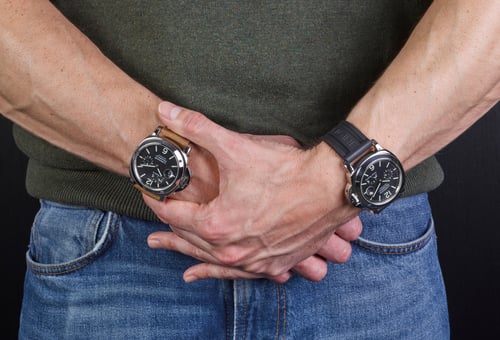
If you’re looking for a timepiece for whichever wrist you prefer, BQ Watches has you covered. We carry all of the popular models in our inventory, along with numerous options from other top luxury brands. Whether you need a watch for every day or for a more special occasion, we have a timepiece for you.
BQ Watches has a vast inventory of pre-owned luxury watches, and we’re ready to help you find your ideal timepiece. If you don’t see the watch you want in our current inventory, be sure to let our team know. We have comprehensive sourcing services to help you find your dream watch. Get in touch with the team at BQ Watches today to talk watches!